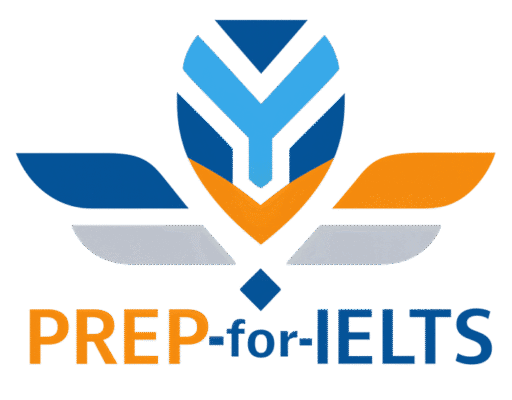If you’ve ever opened your IELTS Writing Task 2 paper and felt your heart sink at an environment question — you’re not alone. Topics like climate change, plastic pollution, and renewable energy appear frequently, and it’s easy to feel overwhelmed.
Here’s the good news: with the right framework, environment essays are actually predictable. You can walk into your test knowing exactly how to break down the problem, offer realistic solutions, and impress the examiner — even if the question looks intimidating at first.
Step 1: Identify One Clear Problem
Don’t try to solve all environmental issues in one essay. Pick one clear, significant problem from the question — for example, plastic waste in oceans. Mention it early in the introduction so the examiner knows you’re focused.
Example: “One of the most urgent environmental problems today is the rapid build-up of plastic waste in our oceans.”
Step 2: Explain Why It Matters
Give two specific reasons why this problem is serious. Make it concrete with examples:
- Environmental impact: marine life deaths, habitat destruction.
- Human impact: microplastics in seafood, harm to tourism economies.
Step 3: Offer Practical Solutions
Link each solution directly to the problem — don’t just throw in “plant trees” if your essay is about ocean plastics.
- Government bans on single-use plastics.
- Investment in biodegradable alternatives.
- Public awareness campaigns to change consumer behaviour.
Step 4: Show How Solutions Work
Explain the mechanism — how does this actually solve the problem? This is where many candidates lose marks.
- Bans reduce production at the source.
- Biodegradable alternatives keep products in circulation without pollution.
- Awareness changes habits, reducing demand for harmful products.
Step 5: Keep Your Conclusion Short and Strong
Reinforce your main point and leave a forward-looking note. No new ideas here.
💡 Examiner Insight: The examiner wants depth, not a list. One strong problem and two well-explained solutions will get you a better score than naming five problems with no detail.
Band 8 Sample Answer – Problem–Solution Essay
Question:
Plastic pollution in oceans is a growing environmental concern. What are the problems associated with it, and what measures can be taken to solve them?
Model Answer (≈256 words):
Plastic pollution in oceans has emerged as one of the most pressing environmental problems of the 21st century. This issue poses severe threats to marine ecosystems, human health, and global economies. This essay will discuss these problems and propose solutions to address them effectively.
One major problem is the devastating effect on marine life. Millions of seabirds, turtles, and fish die each year after ingesting plastic or becoming entangled in it. Over time, plastics break down into microplastics, which are consumed by marine species and accumulate up the food chain, eventually reaching humans. This contamination can have unknown but potentially serious health consequences.
Another significant impact is on coastal economies, particularly those reliant on fishing and tourism. Polluted beaches deter tourists, while declining fish populations threaten the livelihoods of communities dependent on the sea.
To tackle these problems, governments should introduce strict bans on single-use plastics and incentivise the production of biodegradable alternatives. By targeting production at the source, the flow of plastic into oceans can be significantly reduced. Public awareness campaigns are equally important; when consumers understand the long-term damage caused by their choices, they are more likely to adopt reusable products.
In addition, international cooperation is essential. Since ocean currents carry waste across borders, collaborative agreements on waste management and cleanup operations can address pollution on a global scale.
In conclusion, plastic pollution endangers marine life, human health, and economic stability. A combination of strong regulation, sustainable alternatives, and public engagement offers a realistic path to cleaner oceans and a healthier planet.
Closing Confidence-Boost
You don’t need to be an environmental scientist to ace this essay type — you just need a clear problem, targeted solutions, and solid explanations. Stick to that, and your Task 2 will flow naturally, hitting both the Task Response and Coherence marks. You’ve got this. 🌍✏️
Dell is an experienced IELTS teacher who has helped hundreds of students reach Band 7+ by mastering essay structures and practical writing strategies. With a background in teaching academic writing and real-world environmental topics, Dell blends test-focused training with engaging, confidence-building lessons.
